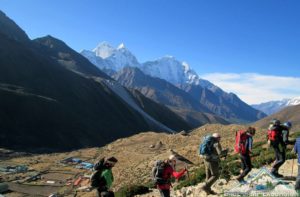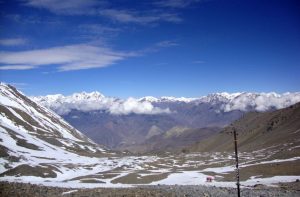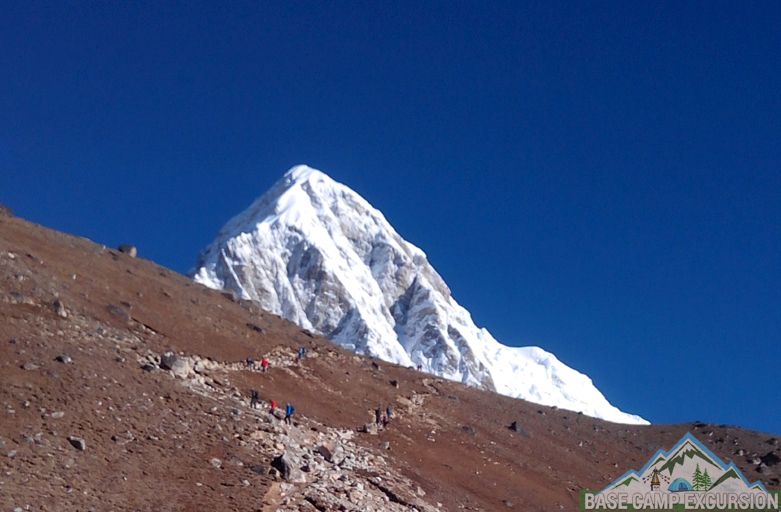Best Everest base camp trek schedule for altitude acclimatization naturally
Adept your body on thin layer of oxygen at higher altitudes is the most vital requirement of Everest base camp hike. Proper acclimatization will make the trip safe as well as more enjoyable otherwise not possible to complete this trip successfully. Trekkers have to start practicing for the EBC trek sufficiently in advance so as to have the proper acclimatization schedule for Everest base camp trek. The training & exercise should start a few weeks in advance so as to ensure physical fitness for the trekking in Nepal. 
All studies over the last decade show that acclimatization process at the altitude of 3,500m needs a lot of time. This is the reason for suggesting spending minimum 2 nights acclimatizing at such heights. To make it a success you should have the best Everest base camp trek schedule for altitude acclimatization.
Let’s check what causes high altitude sickness
As the amount of oxygen level drops in the atmosphere with the altitude, it causes high altitude sickness. However, oxygen percentage in the atmosphere remains constant at 21%, the atmosphere density decreases with a height that makes it difficult for a person to breath.
During Everest base camp trekking in Nepal travelers have to hike minimum 9 days regularly. Hence hiking practice is very essential. Endurance is also important since one must be able to hike back-to-back. As a result of this type of practicing the trekker will feel comfortable. Those who fail to get acclimatized will not be able to complete the Everest base camp trek in Nepal.
Best tips to prevent altitude sickness
Altitude sickness can hit anyone; no matter how many times a person had been at altitude before. Just a few things can ensure to keep you away from the hazards of height sickness to visit Everest base camp and Gokyo lakes:
- While at altitude, one must ensure to have at least 4 liters of water each day.
- One must carry Diamox or substitute medicine to use in case of any symptoms visible in the Himalayas.
- Keep a target of going off to sleep at 500 meters higher than the last night. However, in case you sleep at 3,300 meters one night, must sleep 3,800 or lower the next night.
- To get your body comfortable with the altitude without any burden, spend an extra day when you will hike a bit and then come back.
- Do not compromise on your appetite; you need the energy to keep going on the height, so have proper food.
- If you notice symptoms are increasing then descend a bit, try to sleep lower and notice if you feel better. Wait until you feel perfectly fine; continue with your trekking only after that.
- Do not hurry for anything, plan properly with full seriousness for altitude acclimatization for Everest base camp trekking in Himalayas.

If you wish to enjoy your trek to Mount Everest then you need to have the best acclimatization schedule for Everest base camp. To plan this properly firstly you need to have good amount of leaves available to you.
As the best acclimatization schedule for Everest base camp requires more time on the trek to Everest. Write us to get the expert design Everest base camp trek schedule for altitude acclimatization on competitive price and organize with the support of experience guide.
Altitude acclimatization schedule for Everest base camp trek

